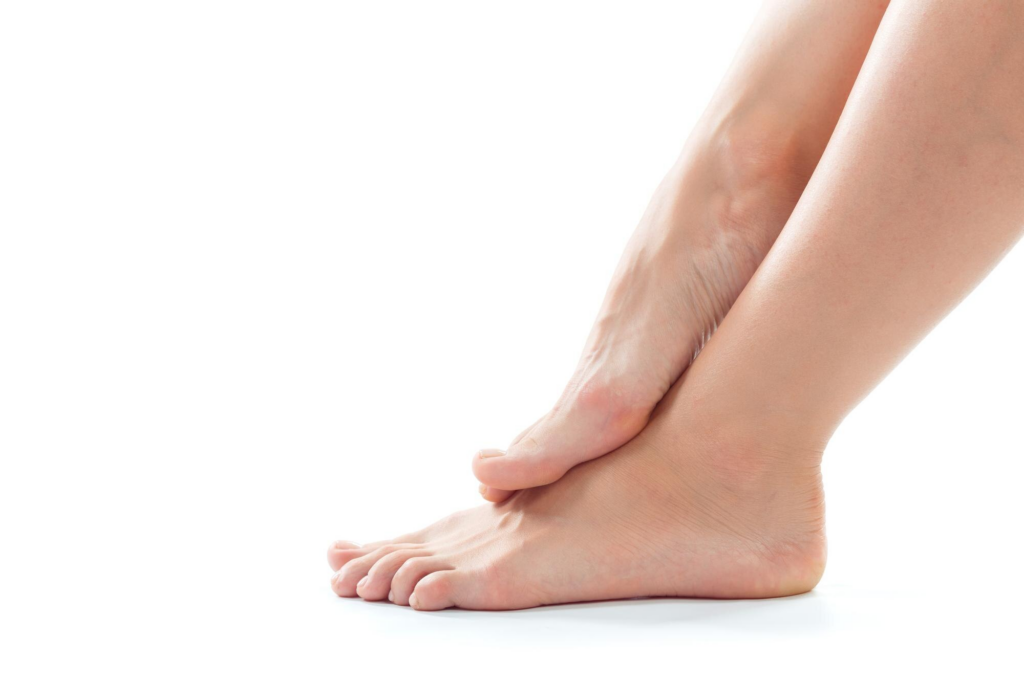A Pharmacist Warns About The Two Silent Killer Warning Signs That You Might Find In Your Feet
Perhaps we should become a little more acquainted with our toes, even though many of us detest looking at them (either that or we joke about selling pictures of them when payday seems so far off).
A pharmacist has discovered that our feet may contain a few indicators of a dangerous illness.

When was the last time you had a proper look at your trotters?
A pharmacist and advisor of Excilor, Noel Wicks, has discussed the significance of interacting directly with the body region that is frequently criticized.
So, what should we look out for?
He explained to the Express that while your socks and shoes may be concealing crucial information, your feet may be warning you of two dangerous problems.
He shared: “We need to keep an eye on our foot health, including our toenails, because it can impact on our overall health and be a sign of [serious] health issues.”
Because the blood arteries supplying the toes are tiny, blockages can easily occur.
Foot pain, swelling, coldness, or even numbness may result from this.
Noel says that this should not be disregarded as it may be an early indicator of heart disease.
You should be mindful of your toenails as well as your skin.
Try not to cringe; we know.
He said: “Thickening and brittleness of toenails may also occur with heart disease.”

What is peripheral arterial disease?
According to the NHS, peripheral arterial disease (PAD), sometimes referred to as peripheral vascular disease, is caused by fatty deposits in the arteries that limit the flow of blood to the muscles in your legs.
The NHS site says: “Many people with PAD have no symptoms. However, some develop a painful ache in their legs when they walk, which usually disappears after a few minutes’ rest. The medical term for this is ‘intermittent claudication’.”






